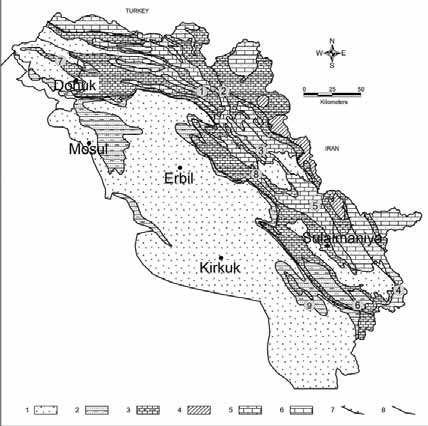New Insights into Karst and Caves of Northwestern Zagros (Northern Iraq)
DOI:
https://doi.org/10.3986/ac.v38i1.138Abstract
During 2002, several reconnaissance speleological explorations were undertaken by the authors and local enthusiasts in the karst of Northwestern Zagros in Northern Iraq. Some of the caves were visited for the first time and explored to a great depth by the scientists, while the Shanidar cave is a world-famous site representing one of the oldest discovered and investigated human settlements. The explored caves are located in well-karstified limestones of the Cretaceous age as well as in younger Eocene limestones. This paper contains the data from the nine largest caves. Their total explored lengths range from a few tens of meters up to several hundred meters. Four caves are fossil, containing only percolated water, while five represent still hydrogeologically active features. Two of them have resulted from the dissolution of carbonate or evaporate rocks stimulated by water oversaturated in H2S which migrated from deeper oil-bearing structures.
Downloads

Downloads
Published
How to Cite
Issue
Section
License
Authors guarantee that the work is their own original creation and does not infringe any statutory or common-law copyright or any proprietary right of any third party. In case of claims by third parties, authors commit their self to defend the interests of the publisher, and shall cover any potential costs.
More in: Submission chapter




